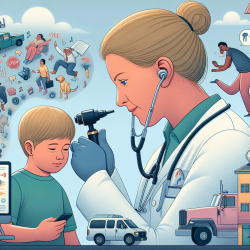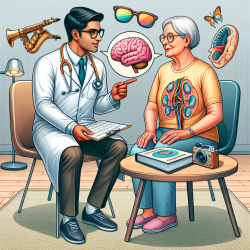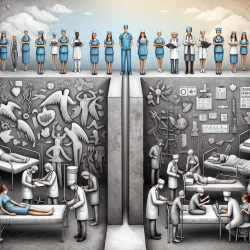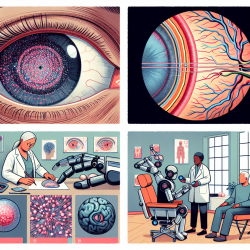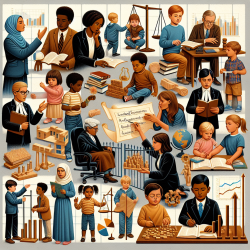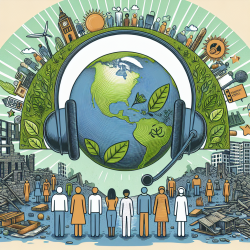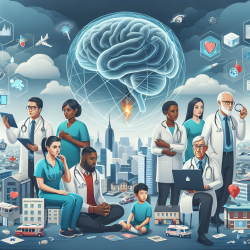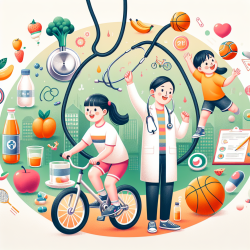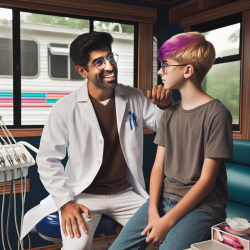As a therapist working in an educational setting, I see firsthand the incredible progress students make when they are supported and protected in their learning environments. However, one often overlooked aspect of this protection is the impact of excessive noise on children's hearing. The American Academy of Pediatrics (AAP) recently highlighted the urgent need for more attention to this issue, emphasizing that children exposed to harmful noise—from infant sleep machines to fireworks—are at increased risk for cumulative detrimental effects on their hearing.
In a statement and accompanying technical report published in Pediatrics, the AAP stresses that noise exposure is not just about volume; duration and frequency also play crucial roles. Infants and young children are particularly vulnerable because their smaller ear canals amplify higher-frequency sounds. They rely on adults to shield them from noisy environments, but older children and teenagers might not grasp the long-term consequences of using personal listening devices or attending loud events like concerts and dances.
"The concern is not only with volume, but how long and how often children are exposed to noise,†says lead author Sophie J. Balk, a general pediatrician and past chair of the AAP's Council on Environmental Health and Climate Change. "Common everyday noises, like road traffic or a television playing in the background, can also disrupt sleep, learning, and quality of life. It's very important to prevent harmful noise exposures starting early in a child's life.â€
Moreover, studies indicate that harmful noise exposures are disproportionately higher among children from lower socioeconomic backgrounds and historically marginalized racial and ethnic groups. This highlights the need for greater public awareness and proactive measures to protect all children. The AAP offers several recommendations for pediatricians, including:
- Incorporating information about noise and advice on preventing excessive exposure into routine health check-ups.
- Discussing the potential hazards of personal listening devices during adolescent health consultations.
- Emphasizing that the duration of noise exposure, not just the volume, is critical.
While it's heartening to see renewed focus on safe listening practices, the American Speech-Language-Hearing Association (ASHA) also recommends that healthcare professionals advise parents to seek comprehensive hearing evaluations by licensed audiologists if they have any concerns about their child's hearing.
As educators and therapists, we have a unique opportunity to advocate for the auditory health of our students. By raising awareness and taking preventive steps, we can help ensure that all children have the chance to thrive in a sound environment that supports their growth and learning.
For more information, please follow this link.
